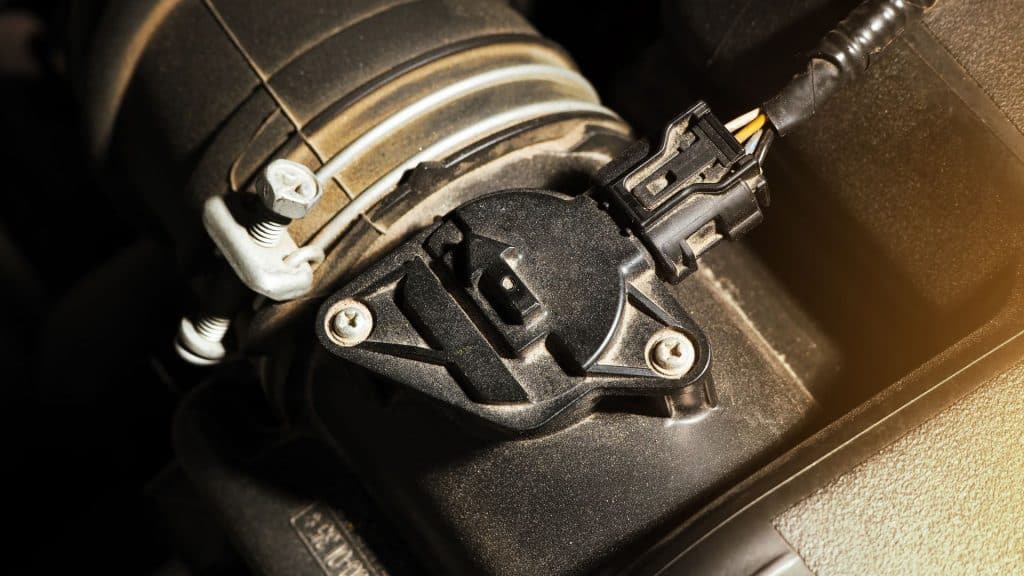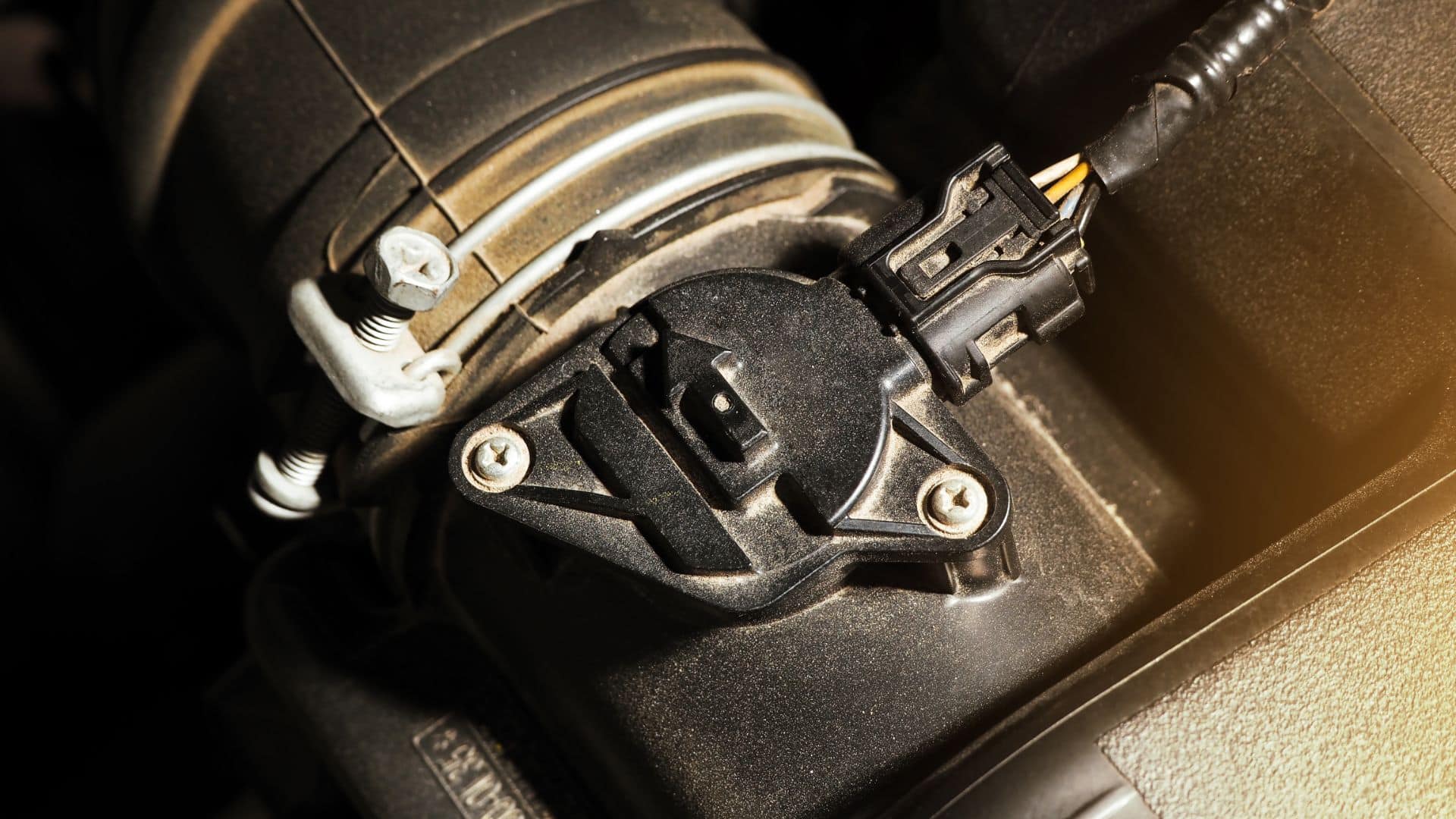Modern vehicles are equipped with a plethora of sensors and electronic components that help monitor and control various aspects of engine performance. One crucial sensor in this system is the Manifold Absolute Pressure (MAP) sensor. The MAP sensor plays a vital role in ensuring your engine runs efficiently and maintains proper fuel-air mixture ratios. When this sensor malfunctions, it can lead to a range of problems. In this article, we’ll explore the faulty MAP sensor symptoms, how to diagnose them, and the steps to resolve the issues.

What is a MAP Sensor?
Before delving into the symptoms of a faulty MAP sensor, it’s essential to understand its function. The Manifold Absolute Pressure (MAP) sensor measures the pressure inside the intake manifold, which reflects the engine’s load. The data collected by the MAP sensor is then sent to the engine control unit (ECU), allowing it to adjust fuel injection and ignition timing for optimal performance and fuel efficiency.
Common Faulty MAP Sensor Symptoms
Check Engine Light (CEL) Illumination:
One of the earliest indicators of a potential MAP sensor issue is the illumination of the Check Engine Light on your dashboard. The ECU will typically store trouble codes (DTCs) related to MAP sensor problems, making it easier to diagnose the issue.
Reduced Engine Power:
A malfunctioning MAP sensor can cause a noticeable drop in engine power and performance. You might experience sluggish acceleration, reduced throttle response, and difficulty maintaining speed.
Poor Fuel Economy:
Faulty MAP sensor readings can disrupt the engine’s ability to optimize the air-fuel mixture. This can lead to increased fuel consumption, as the engine may run richer (more fuel) or leaner (less fuel) than required.
Rough Idling:
A MAP sensor issue can result in rough idling, where the engine struggles to maintain a steady RPM (revolutions per minute) at idle. You may feel vibrations or hear irregular engine noises.
Read more: Ford Fiesta Mk6 Alternator Problems And How To Resolve Them
Stalling or Hesitation:
Hesitation during acceleration or stalling when coming to a stop can be symptoms of a failing MAP sensor. The ECU may receive incorrect pressure readings, causing the engine to misfire or hesitate.
Black Smoke from the Exhaust:
An overly rich air-fuel mixture due to a faulty MAP sensor can result in black smoke emitting from the exhaust. This indicates inefficient combustion and can harm the environment.
Poor Emissions Performance:
The MAP sensor’s role in optimizing the air-fuel mixture directly impacts emissions. A malfunctioning sensor can lead to increased emissions, potentially causing your vehicle to fail emissions tests.
Increased Engine Heat:
If the MAP sensor sends incorrect data to the ECU, it can lead to improper fuel combustion, which generates excessive heat. This can damage engine components over time.
Diagnosing a Faulty MAP Sensor
To confirm whether your MAP sensor is the culprit behind the symptoms, follow these diagnostic steps:
- Check for DTCs: Use an OBD-II scanner to retrieve any trouble codes from the ECU. Common codes related to the MAP sensor include P0105, P0106, P0107, and P0108.
- Visual Inspection: Visually inspect the MAP sensor and its wiring harness for damage, corrosion, or loose connections. Ensure that the sensor’s vacuum hose is in good condition and properly connected.
- Testing the Sensor: You can use a multimeter to test the MAP sensor’s voltage output. Refer to your vehicle’s service manual for specific voltage values at different engine loads. If the sensor outputs are out of range, it may need replacement.
- Vacuum Test: A vacuum test can help determine if the sensor responds to pressure changes. Use a hand vacuum pump to apply vacuum to the sensor while monitoring its output. If it doesn’t respond correctly, it’s likely defective.
- Professional Diagnosis: If you are unsure about the diagnosis or unable to perform the tests yourself, consult a professional mechanic or technician. They can use specialized diagnostic equipment to pinpoint the issue accurately.
Resolving MAP Sensor Issues
Once you’ve confirmed that your MAP sensor is faulty, here are the steps to resolve the problem:
- Replacement: The most common solution for a faulty MAP sensor is replacement. Ensure you purchase a compatible sensor for your vehicle make and model. You may want to consult your vehicle’s service manual or seek professional assistance for the replacement procedure.
- Clearing Codes: After replacing the sensor, use your OBD-II scanner to clear any stored trouble codes and reset the Check Engine Light.
- Check for Vacuum Leaks: While replacing the MAP sensor, inspect the intake manifold and vacuum hoses for any signs of leaks or damage. Repair or replace any compromised components.
- Perform a Test Drive: After completing the repairs, take your vehicle for a test drive to ensure that the symptoms have disappeared, and the engine operates smoothly.
Conclusion
The Manifold Absolute Pressure (MAP) sensor is a critical component in modern engine management systems, responsible for maintaining optimal engine performance and fuel efficiency. Being aware of the common symptoms of a faulty MAP sensor and knowing how to diagnose and resolve these issues can help you keep your vehicle running smoothly.
If you encounter any of the aforementioned symptoms, don’t hesitate to address the problem promptly to avoid further damage and maintain the reliability of your vehicle. If you’re unsure about the diagnosis or replacement process, it’s always a good idea to consult with a professional mechanic for expert assistance.


